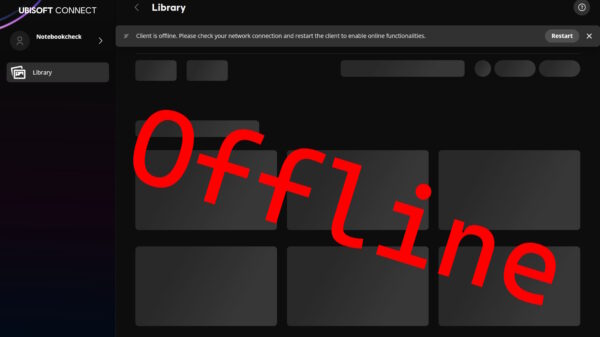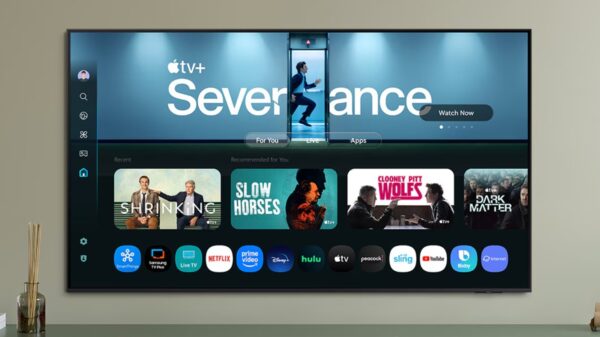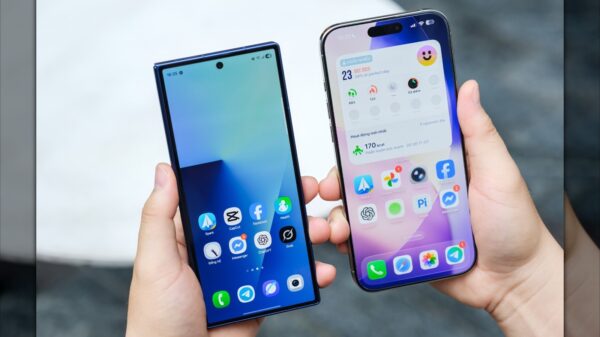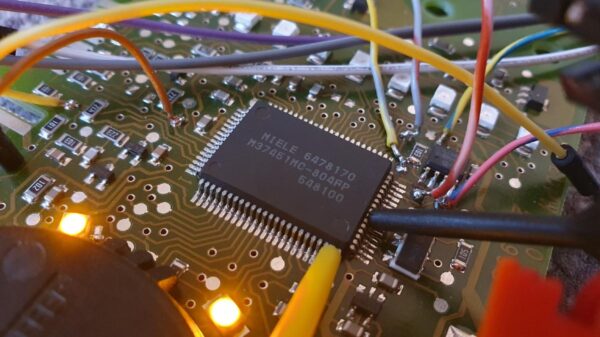The ongoing rivalry between Android and iPhone has intensified as both platforms continue to evolve. In 2025, Android devices have introduced several features that some users believe give them an edge over Apple’s iPhone, particularly in terms of user customization and functionality. Although Apple maintains a significant market share, the user experience on Android offers advantages that appeal to a growing number of consumers.
Customizable Features Enhancing User Experience
One of the most notable advantages of Android devices is the level of customization they offer. While Apple’s iOS 26 has introduced new features aimed at improving user interaction, many Android functionalities remain unmatched. For instance, the scrolling screenshot capability, long available on Android, allows users to capture lengthy content in a single image. This feature simplifies tasks like saving recipes or lengthy conversations, which is particularly useful for those who frequently share information.
In contrast, Apple’s screenshot functionality still has limitations. Although you can disable full-screen previews in iOS 26, the iPhone lacks comprehensive scrolling screenshot capabilities, leaving users to manually stitch multiple screenshots together in many instances.
Another significant differentiator is the approach to storage. Apple has made strides in enhancing the iPhone’s storage options, but users still face high costs for upgrades. For example, opting for an increased storage capacity can add as much as $200 to the purchase price. Android users benefit from the option to expand storage using an SD card, a feature that remains a compelling advantage for many. While some high-end models have removed this option, mid-range Android devices, such as the Samsung Galaxy M36, released in July 2025, still support external storage expansion.
Enhanced Functionality with Cloning and Profiles
Android’s app cloning feature also stands out, allowing users to manage multiple accounts for applications like WhatsApp or Instagram without the hassle of signing in and out. This feature has become standard in various Android devices, including those from Samsung and Huawei, simplifying account management for users with dual requirements—be it personal or business-related.
In addition, the ability to create multiple user profiles on Android devices enhances security and usability. This feature is particularly beneficial for families sharing devices, as it allows each user to maintain separate data and applications. Meanwhile, iPhone users are limited to Guided Access, which restricts device functionality to a single app, offering minimal flexibility compared to the multi-user capabilities of Android.
The multitasking abilities of Android phones are another area where iPhones lag. The split-screen feature enables users to run two apps simultaneously, enhancing productivity during tasks like video calls or studying. Although Apple has introduced some multitasking capabilities, such as the Split Screen – Dual Window iOS app, it does not match the seamless experience Android users enjoy.
Innovative Charging and Connectivity Features
Wireless charging has become a staple in smartphones, yet iPhones still lack reverse wireless charging. This feature, available on many Android devices, allows users to charge other gadgets, like earbuds or smartwatches, directly from their phone’s battery. While Apple has hinted at introducing this feature, it was notably absent from recent models, including the iPhone 17 Pro.
Additionally, Android phones have made strides in offering a desktop mode, which allows users to connect their devices to external displays for a PC-like experience. This capability facilitates tasks such as dragging and dropping files and using a mouse. Manufacturers like Samsung, Motorola, and Huawei have developed their versions of this feature, enhancing the versatility of Android devices. Currently, the iPhone only supports screen mirroring when connected to an external display, limiting its functionality.
The landscape of smartphone technology continues to evolve, with Android devices pushing boundaries through innovative features. While Apple’s iOS 26 has made significant enhancements, it remains to be seen how quickly Apple can close the gap with Android’s user-centric features. As consumers increasingly seek personalized experiences, the ongoing competition between these two platforms is likely to drive further advancements in the years ahead.






































































